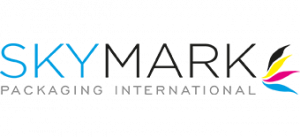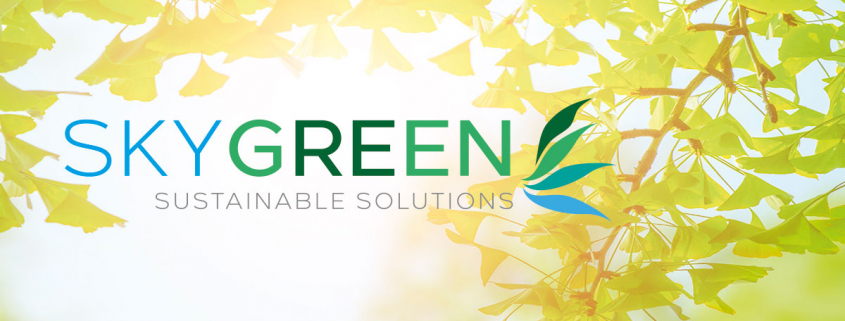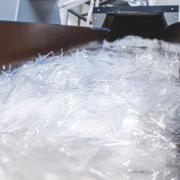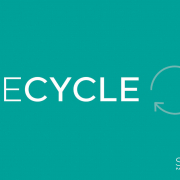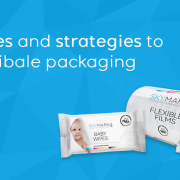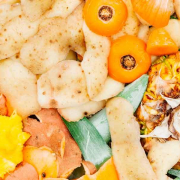In recent years, there has been a growing awareness of the environmental impact of packaging materials. Many businesses and consumers are now actively seeking ways to reduce their carbon footprint and contribute to a more sustainable future. One effective way to achieve this is by transitioning to recyclable packaging. In this article, we will explore the steps involved in making the switch, how to recycle packaging, the cost implications, and the compelling reasons to embrace sustainable packaging solutions.
How to Transition to Sustainable Packaging
Transitioning to sustainable packaging requires a systematic approach that considers the entire packaging lifecycle. Here are the key steps to follow:
- Assess your current packaging: Begin by evaluating your existing packaging materials and identifying areas for improvement. This includes assessing the recyclability of the materials, their environmental impact, and the feasibility of switching to more sustainable alternatives.
- Research recyclable packaging options: Explore the market for recyclable packaging solutions that align with your specific product requirements. We offer a range of recyclable structures such as SKYMONO, SKYPAPR, SKYMAX and SKYLENE. These products are designed to be environmentally friendly while maintaining the necessary functionality and protection for your goods.
- Collaborate with suppliers: Engage with your packaging suppliers to discuss the possibility of switching to recyclable materials. They can provide valuable insights, recommend suitable alternatives, and guide you through the transition process.
- Educate your team: Ensure that your employees are well-informed about the importance of sustainable packaging and how to handle recyclable materials properly. Conduct training sessions to raise awareness and encourage responsible practices throughout your organisation.
- Communicate with customers: Transparently communicate your commitment to sustainable packaging to your customers. Highlight the positive environmental impact of the switch and encourage them to participate in recycling initiatives.
How to Recycle Packaging
Recycling packaging plays a vital role in closing the loop and minimising waste. Here are some essential steps to follow:
- Check local recycling guidelines: Understand the recycling guidelines specific to your region. Different areas may have different requirements and capabilities when it comes to recycling certain materials. Familiarize yourself with the recycling symbols and labels to ensure proper sorting.
- Separate recyclable materials: Sort your packaging materials based on their recyclability. Common recyclable materials include cardboard, paper, glass, metal, and certain types of plastic. Ensure that these materials are clean and free from contaminants before recycling them.
- Find recycling facilities: Locate recycling facilities or collection points in your area where you can drop off the recyclable materials. Many communities have designated recycling centers or curbside collection programs. You can also contact local waste management authorities for guidance.
- Encourage recycling among consumers: Educate your customers about the recyclability of your packaging materials and provide clear instructions on how to recycle them. Consider incorporating recycling messages and symbols on your packaging to promote responsible disposal.
The Cost of Switching to Sustainable Packaging
One of the concerns businesses often have when considering a switch to sustainable packaging is the potential cost implications. While there may be some initial investment involved, it’s important to view it as a long-term investment in the environment and your brand’s reputation. Here are a few factors to consider:
- Material selection: The cost of recyclable packaging materials may vary depending on factors such as material type, quality and quantity. It is essential to compare prices and explore different suppliers to find the most cost-effective options without compromising on quality.
- Operational adjustments: Switching to recyclable packaging may require adjustments to your production processes or equipment. There might be a learning curve involved, but over time, these adjustments can lead to more efficient and streamlined operations.
- Waste management savings: By embracing recyclable packaging, you can potentially reduce waste disposal costs. Many recycling programs offer incentives or reduced fees for businesses that actively participate in recycling initiatives.
- Brand reputation and customer loyalty: Investing in sustainable packaging can enhance your brand’s reputation and attract eco-conscious consumers who value environmentally responsible practices. This, in turn, can lead to increased customer loyalty and support.
While there may be some upfront costs, the long-term benefits, both financially and environmentally, make the switch to sustainable packaging a worthwhile investment.
Why Switch to Sustainable Packaging
There are several compelling reasons why businesses should consider transitioning to sustainable packaging:
- Environmental impact: Traditional packaging materials, such as single-use plastics, contribute to pollution, landfills, and marine debris. By using recyclable packaging, you actively reduce waste and conserve natural resources, helping to mitigate the environmental impact of your business operations.
- Customer preference: Studies show that a growing number of consumers prioritize sustainable products and packaging. By aligning with their values and offering eco-friendly packaging options, you can attract and retain environmentally conscious customers.
- Regulatory compliance: Many regions and countries are implementing stricter regulations on packaging waste and encouraging sustainable practices. By proactively adopting recyclable packaging, you can stay ahead of regulatory changes and avoid potential fines or penalties.
- Competitive advantage: Embracing sustainable packaging can differentiate your brand from competitors, showcasing your commitment to environmental stewardship. It positions your business as forward-thinking and can give you a competitive edge in the market.
- Long-term cost savings: While there may be some initial costs associated with switching to recyclable packaging, long-term savings can be achieved through reduced waste management expenses, improved operational efficiencies, and enhanced customer loyalty.
By making the switch to sustainable packaging, you contribute to a greener future, align with consumer preferences, comply with regulations, gain a competitive advantage, and potentially save costs in the long run.
In conclusion, transitioning to recyclable packaging is a significant step towards building a sustainable future. By following the steps outlined, collaborating with suppliers, educating your team, and communicating with customers, you can successfully make the switch. Remember to research and explore recyclable packaging options such as SKYMONO, SKYPAPR, SKYMAX and SKYLENE. ensuring both environmental responsibility and the functionality needed for your products. The initial investment in sustainable packaging is an investment in the planet and your brand’s reputation, paving the way for a more eco-friendly and responsible business approach.
